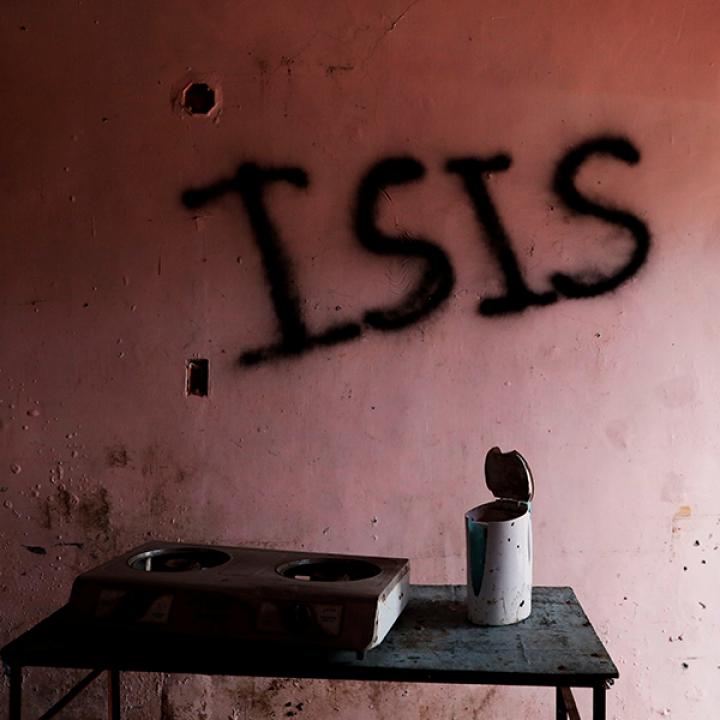
- Policy Analysis
- Articles & Op-Eds
A Globally Integrated Islamic State
Jul 15, 2024
Also available in
Also published in War on the Rocks


